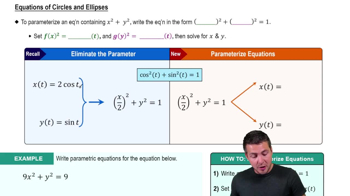Areas of regions Find the area of the following regions.
The region bounded by the graph of ƒ(𝓍) = (𝓍―4)⁴ and the 𝓍-axis between and 𝓍 = 2 and 𝓍= 6
 Verified step by step guidance
Verified step by step guidance Verified video answer for a similar problem:
Verified video answer for a similar problem:



 5:23m
5:23mMaster Finding Area Between Curves on a Given Interval with a bite sized video explanation from Patrick
Start learning